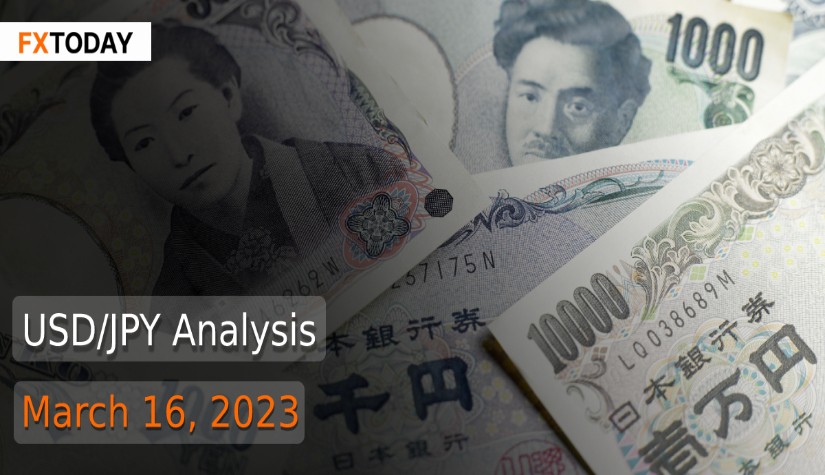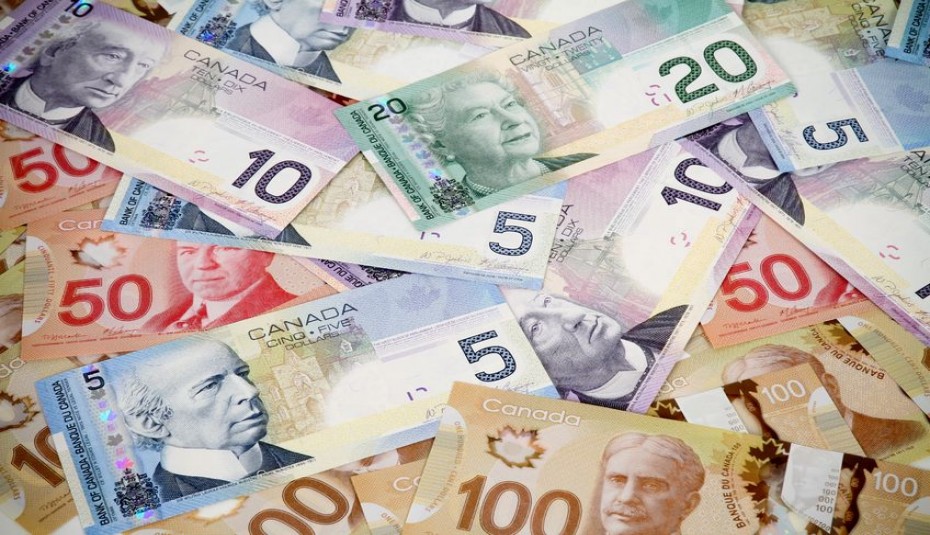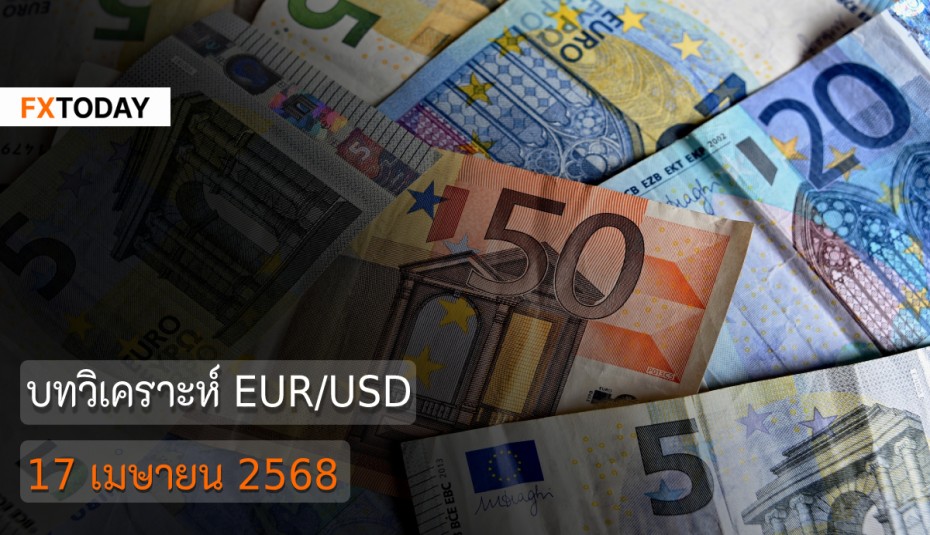Latest trend of Japanese and US policy rates
According to the minutes of the Bank of Japan meeting released on Wednesday, in addition to discussing the prospect of adjusting the yield curve control policy (YCC), which tends to remain low, most members of the committee believed that inflation and wages were likely to exceed expectations, and they may advocate stopping fiscal stimulus measures when Kazuo Ueda takes over as bank governor next month. In turn, the board continues to recognize the risks that corporations will fail to boost wages sufficiently to eliminate deflation, which is firmly embedded in the economy and in people's perceptions.
Bank of Japan Governor Haruhiko Kuroda, who is set to retire in April, has stated that the implementation of a decade-long ultra-accommodative monetary policy and the injection of $3.7 trillion into the economy to increase people's expectations is halfway complete. This stimulus has been praised for bringing the economy out of deflation, but it has also been criticized for contributing to restricted banking sector profitability, resulting in distorted market performance with prolonged low interest rates.
Nonetheless, the Bank of Japan has underlined the importance of wage growth in maintaining steady and controlled inflation, claiming that the recent increase in the price index is due to fluctuating external factors such as rising import costs rather than improved domestic demand.
In annual union talks that ended on Wednesday, Japan's top firms agreed to raise their highest wages in 25 years, with Prime Minister Fumio Kishida calling for a wage increase to offset rising costs of living. In the past, Japan's wages have been virtually unchanged since the late 1990s, and today they remain below the OECD average.
According to a survey conducted by the Japan Economic Research Center, large corporations are predicted to raise wages by approximately 2.85%, including base income and bonus payments. Yet, employees at small businesses, which account for over 70% of workforces in Japan, are unlikely to see salary increases. This is because small firms usually struggle more than larger organizations to pass on increasing costs to their customers.
Japan's exports increased by +6.5% year on year in February, falling short of estimates of +7.1% and increasing by 3.5% from the previous month. Meanwhile, imports increased by 8.3%, falling short of predictions of 12.2%, resulting in a trade deficit of 897.7 billion yen ($6.75 billion), but missing the mark of projections of 1.069 trillion yen.
According to the most recent exchange rates, the dollar and the yen rebounded on Wednesday night, as the market sought to invest in both safe haven currencies amid fears of a global banking crisis following the collapse of Silicon Valley Bank in the United States, which spread to the Swiss bank Credit Suisse, whose shares fell as much as 30% on Wednesday after its largest shareholder said it could not support the bank.
Investors are currently on high alert, monitoring the severity and impact of this crisis, for which government aid measures have so far failed to assuage growing fears, as well as the major central banks' monetary policy directives in an effort to contain inflation without causing financial sector instability.
However, on Monday, the yield on the 2-year Treasury Bill, one of the most traded securities in the world and a surrogate asset for Fed policy projections, fell by more than half a percentage point to the lowest level since Black Monday in October 1987, and has since recovered about 30 basis points, with the December FFR futures contract falling to 3.767% from around 5% the previous week. This suggests that the Fed may not raise interest rates at its March 21-22 policy meeting, and that rates may be reduced in June. By the end of the year, the highest interest rate is predicted to be in the target range of less than 4%. It was anticipated to rise to 5.1% in December, and to more than 5.5% last week.
The recent trend of damage and turmoil in the banking sector is a key factor that contributes to uncertainty about the Fed's next move and the real, unfathomable impact on the global economy as of now, temporarily favoring the dollar and the yen, and because US yields remain higher than Japan's, the dollar is projected to continue slightly stronger than the yen, though this may change depending on policy direction and economic data released in the coming weeks.
Data for Technical Analysis (5H) CFD USD/JPY
Resistance : 133.39, 133.63, 134.00
Support : 132.65, 132.41, 132.04
5H Outlook
1H Outlook
Source: Investing.com
Buy/Long 1 If the support at the price range 132.57 – 132.65 is touched, but the support at 132.65 cannot be broken, the TP may be set around 133.45 and the SL around 132.53, or up to the risk appetite.
Buy/Long 2 If the resistance can be broken at the price range of 133.39 – 133.47, TP may be set around 133.80 and SL around 132.60, or up to the risk appetite.
Sell/Short 1 If the resistance at the price range 133.39 – 133.47 is touched, but the resistance at 133.39 cannot be broken, the TP may be set around 132.60 and the SL around 133.51, or up to the risk appetite.
Sell/Short 2 If the support can be broken at the price range of 132.57 – 132.65, TP may be set around 132.20 and SL around 133.44, or up to the risk appetite.
Pivot Points Mar 16, 2023 04:55AM GMT
| Name | S3 | S2 | S1 | Pivot Points | R1 | R2 | R3 |
|---|---|---|---|---|---|---|---|
| Classic | 131.58 | 132.04 | 132.55 | 133.02 | 133.53 | 134.00 | 134.51 |
| Fibonacci | 132.04 | 132.41 | 132.65 | 133.02 | 133.39 | 133.63 | 134.00 |
| Camarilla | 132.80 | 132.89 | 132.98 | 133.02 | 133.15 | 133.24 | 133.33 |
| Woodie's | 131.60 | 132.05 | 132.57 | 133.03 | 133.55 | 134.01 | 134.53 |
| DeMark's | - | - | 132.29 | 132.89 | 133.27 | - | - |
Sources: Investing 1, Investing 2, Investing 3
Maximize your knowledge: Blog
















